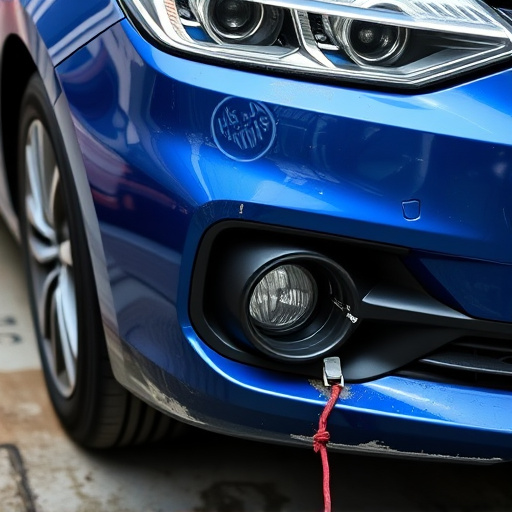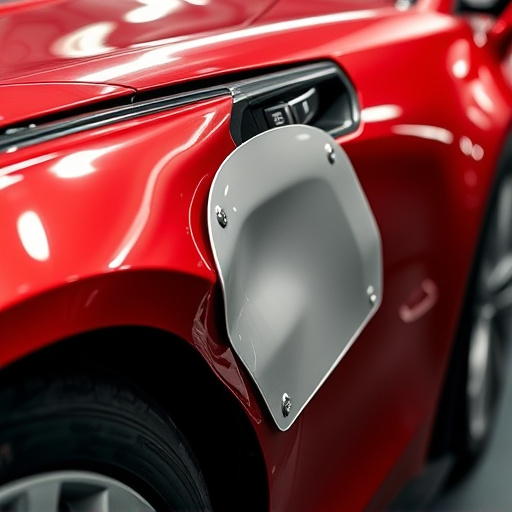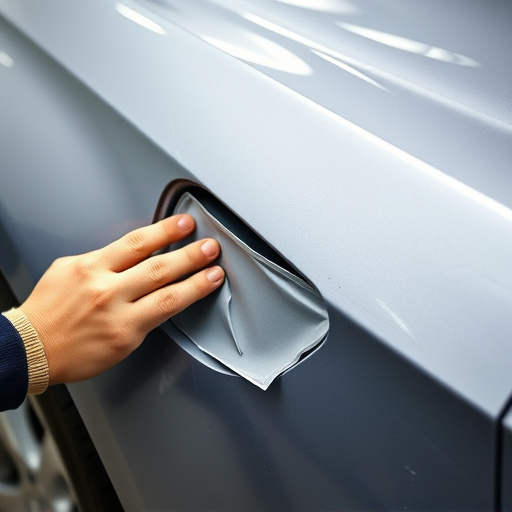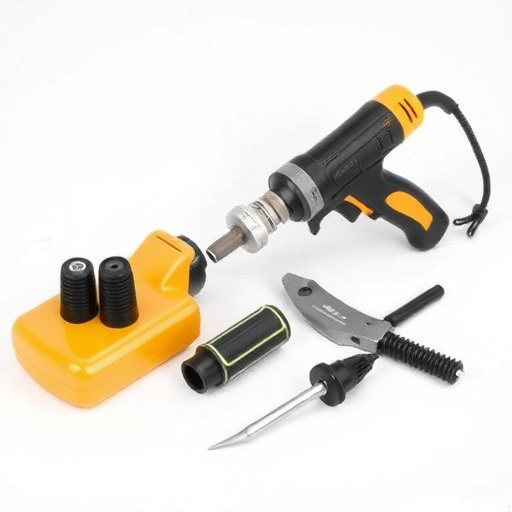Seam sealer is a critical tool in automotive repair and water damage restoration. It acts as a protective barrier against water intrusion, rust, and structural compromise, extending repair lifespans and enhancing weather resistance. During insurance claims for water damage, using seam sealer to detect leaks early can expedite repairs and claim settlements, preventing secondary damage. In post-disaster scenarios, seamless sealer integration streamlines restoration processes, minimizing repairs and saving time, resources, and insured individuals' experiences.
Seam sealer is an essential tool in the waterproofing arsenal, playing a pivotal role in preventing damage and ensuring structural integrity. When water damage strikes, understanding the insurance claim process becomes crucial for swift recovery. This article explores the dual importance of seam sealer—as a protective measure and as an integral part of efficient post-disaster restoration— guiding you through each step of navigating insurance claims effectively. Learn how integrating seamless sealing into your disaster preparedness plan can streamline the process, reduce costs, and accelerate your path to recovery.
- Understanding Seam Sealer: Its Role in Waterproofing and Damage Prevention
- Navigating Insurance Claim Process: When Water Damage Occurs
- Integrating Seam Sealer into Efficient Post-Disaster Restoration and Claim Management
Understanding Seam Sealer: Its Role in Waterproofing and Damage Prevention

Seam sealer is a crucial component in the world of waterproofing and damage prevention, especially in industries like automotive collision repair. It serves as a protective barrier, sealing joints and cracks to keep water out and prevent further deterioration. In an auto body repair setting, this is particularly vital as it safeguards against moisture intrusion, which can cause rust and compromise structural integrity—common issues that lead to costly repairs or replacements.
For a collision repair center, implementing proper seam sealer techniques can significantly extend the lifespan of repairs. It’s not just about aesthetics; it ensures that repairs withstand various weather conditions, from heavy rains to extreme temperatures. This is especially relevant for vehicles involved in accidents, where seamless and secure repairs are paramount to safety and performance.
Navigating Insurance Claim Process: When Water Damage Occurs

When water damage occurs, whether from a burst pipe, heavy rainfall, or flooding, it’s crucial to understand the insurance claim process. The first step is to assess the damage. This includes documenting the affected areas, taking photos, and noting any visible signs of mold growth or structural issues. A seam sealer can be an invaluable tool during this phase, as it helps identify leaks and prevents further water intrusion.
Once the assessment is complete, contact your insurance provider promptly. They will guide you through the claim process, which typically involves filing a report, providing detailed information about the damage, and potentially arranging for an adjuster to inspect the property. In the case of auto body shops or car paint repair services, body shop services like drying, dehumidification, and specialized cleaning become essential parts of the restoration process, ensuring that vehicles are not only repaired but also safe from further water-related issues.
Integrating Seam Sealer into Efficient Post-Disaster Restoration and Claim Management
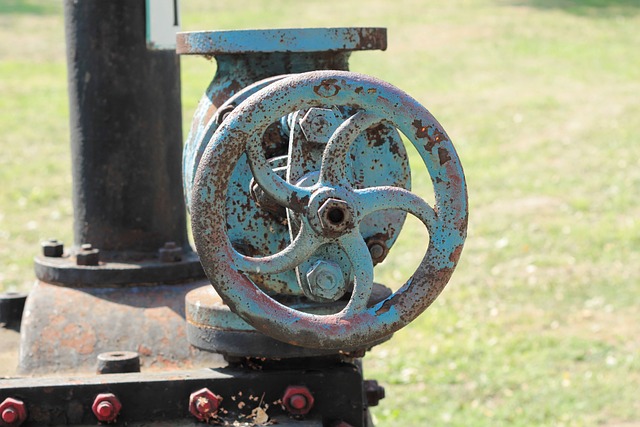
In the aftermath of a disaster, efficient restoration and seamless claim management are paramount to getting lives back on track. Integrating seam sealer into this process offers significant advantages. This versatile material isn’t just for auto detailing; it plays a crucial role in repairing and reinforcing structures affected by water damage, a common occurrence during such events. By swiftly applying seam sealer to joints, cracks, and other vulnerable areas, restorers can prevent further infiltration of moisture, thereby mitigating secondary damage and speeding up the overall restoration process.
Efficient claim management is also enhanced through this integration. Quick, effective repairs using seam sealer in auto collision repair or auto glass repair, for instance, can hasten the settlement process by reducing the time needed for extensive repairs. This not only saves valuable time and resources but also fosters a positive experience for insured individuals, ensuring they receive prompt compensation and support during challenging times.
Seam sealer plays a vital role in both waterproofing structures and mitigating damage, as highlighted throughout this article. By integrating this powerful tool into post-disaster restoration efforts and insurance claim management, professionals can streamline processes, reduce costs, and enhance overall efficiency. When combined with a thorough understanding of the insurance claim process, seam sealer becomes an indispensable asset, ensuring swift and effective recovery from water damage.


